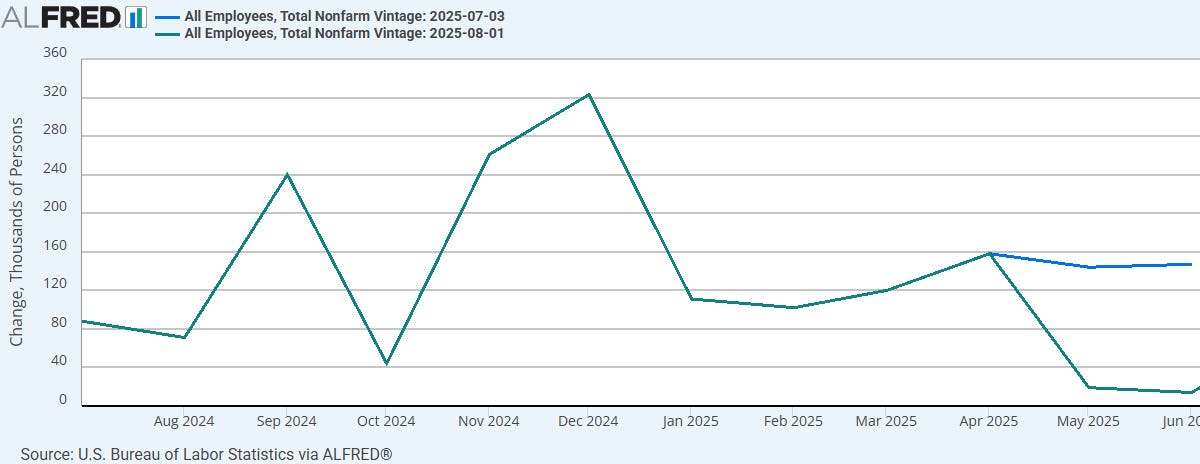
Civilizations of Africa through a new lens
Settlements built at Great Zimbabwe include a large enclosure (shown), which was part of a 50,000-square-kilometer site inhabited from the 11th to 15th centuries.
Small settlements and the scourge of slavery left gaps in Africa’s archaeological record. Yet sites and artifacts are revealing clues to the continent’s more recent history. An archaeologist explains the findings and threats to this heritage.
The continent of Africa is recognized as the place where humankind originated and evolved over millennia. From famous ancestors like Lucy, the Australopithecus afarensis remains unearthed in Ethiopia in 1974, to the Turkana Boy, a Homo erectus fossil found in Kenya in 1984, archaeological evidence has shown time and again that Africa is the ultimate homeland of not just early hominins, but also modern Homo sapiens, who arose about 300,000 years ago and departed in successive waves to populate much of Earth.
Of course, the story of humans in Africa doesn’t end with their migration away from the mother continent. After all, many stayed put. But there’s a big information gap. Although researchers have plumbed much of humankind’s deep past, far less is known about what was happening across much of Africa at the time when permanent settlements were emerging elsewhere starting some 6,000 years ago: in places like Mesopotamia, for example, and later in China and India, as well as Egypt in Africa’s northeastern tip.















